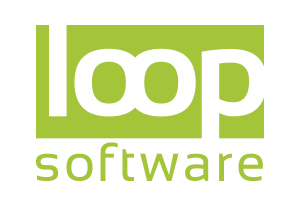Loop Core Platform
In 2020, we set out to create a development approach that would allow us to build cloud apps 5X faster than ever before. Instead of taking years to complete projects, we would develop sophisticated, cloud-based apps in months. This platform was dubbed “Loop Core”.
The Loop Core Platform has a base set of features out of the box. These features are organized in modules so that applications can turn on and off the functionality that is needed.
Loop Core Modules include:
- Account – Manage Accounts and Users
- Product – Full PIM functionality
- Invoice – Manage Transactions
- Digital Asset Library – Manage images and documents, S3 Compatible
- Checkout – Supports E-commerce
- Project – Task Management/Support Ticket
- Integration – Data Integration and Scheduler
- Email – Automated System emails
- Schema – Custom Data Structure
- Forms – Manage Custom incoming form data
- Calendar – Calendar-based display
- Pages – Custom web content

Backend Admin
Loop has a common administrative interface used for all frontend applications. The admin is intended for technical administers to see and manage all data. Each module comes with a defined interface and functionality but they are highly flexible to accommodate any data schema.
Account management is a core feature. You can control logins. Impersonate users.
Many applications require one-time integration with legacy data or ongoing scheduled data imports/exports. Loop core has a flexible structure that allows for quicker integration coding and a scheduling component that allows us to run scripts on a required schedule. This is very important when integrating with existing ERP systems.
It also includes Security management monitoring user activity and allowing for IP Blacklists.

Starter Portal
Loop Core has a starter frontend that serves as an excellent starting point for client or dealer portals. This interface is meant to be user focused.

Build Custom Frontends
In addition to the standard portal interface, Loop Core provides the flexibility to build any Desktop of Mobile application through its API. The frontend can be built using the technology of your choosing. Whether that is traditional PHP/HTML/CSS/Javascript or one of the newer Javascript frameworks such as Angular or React, it is up to you and your use case.



